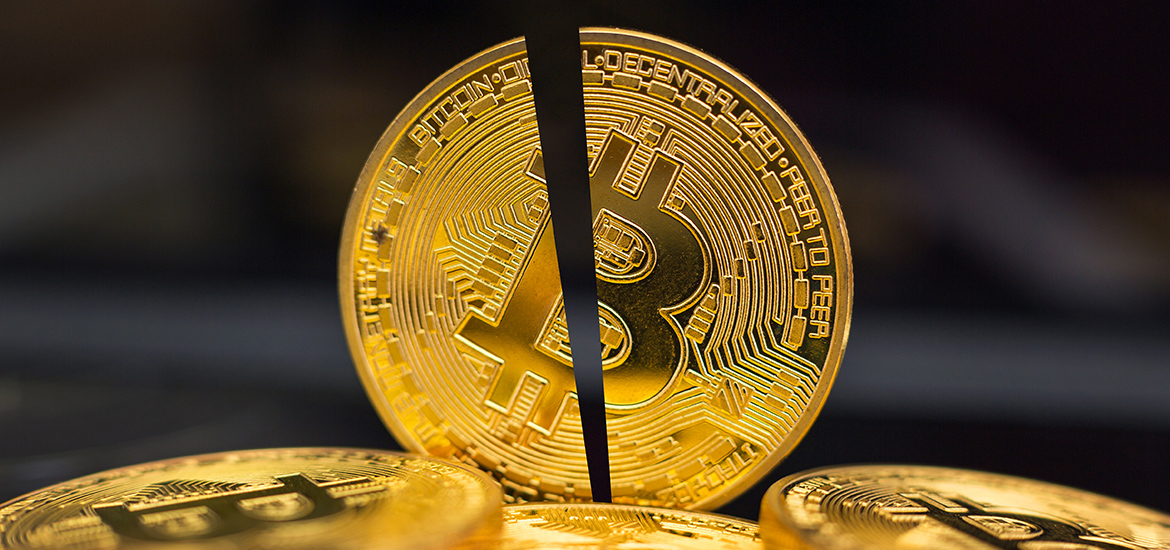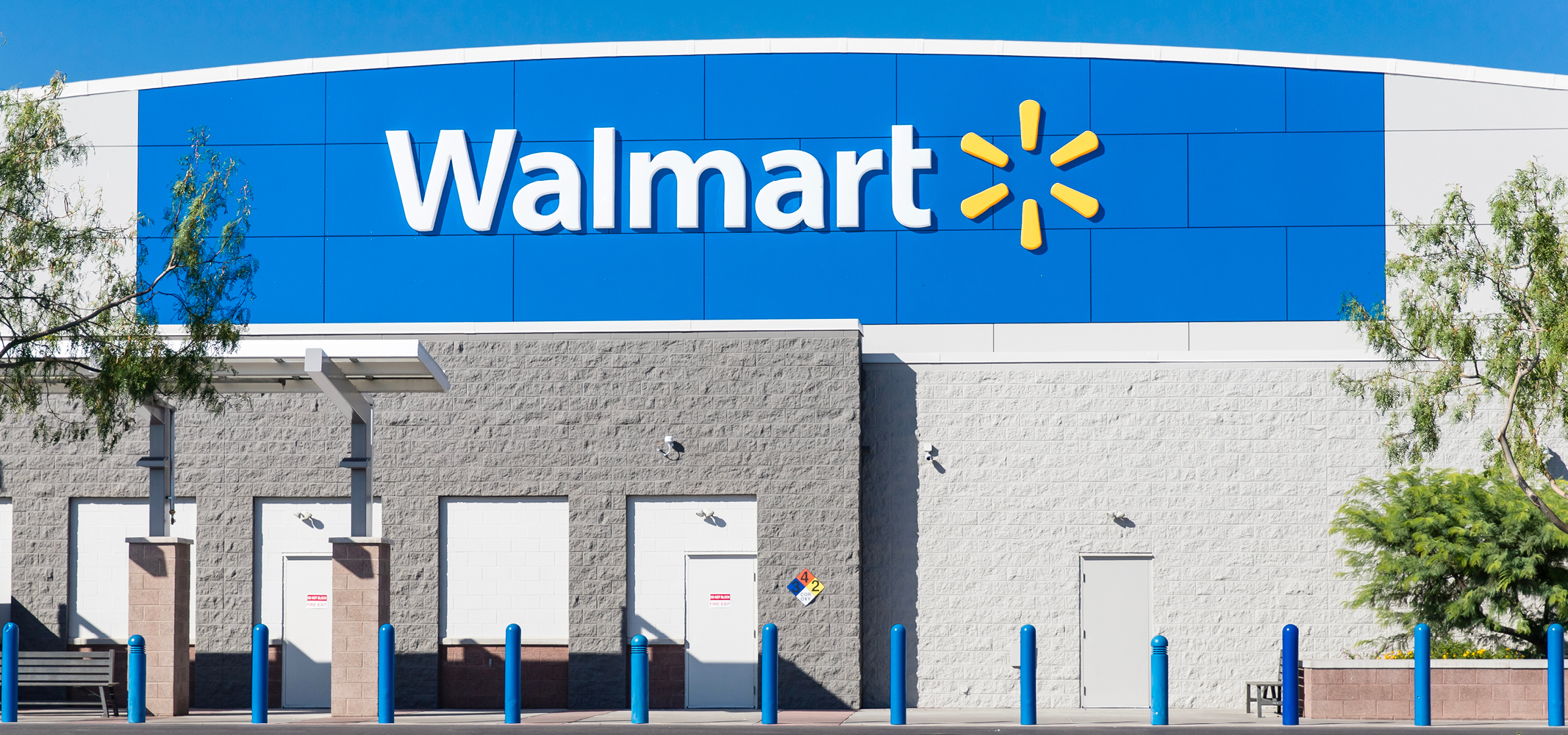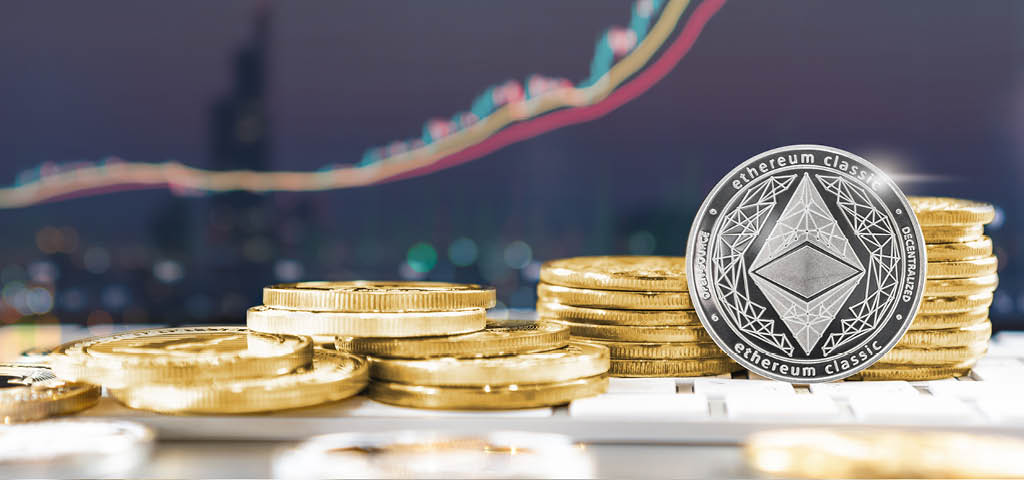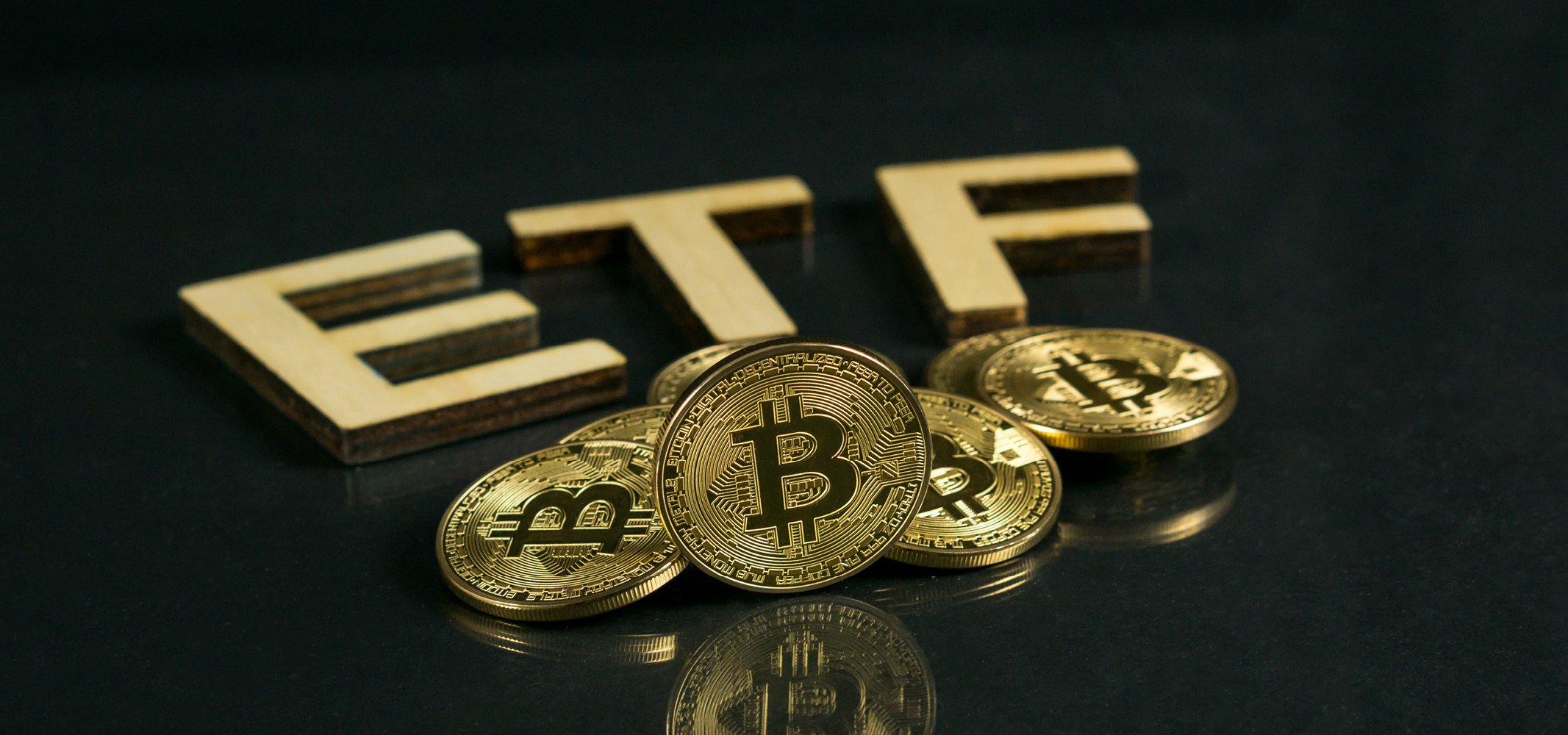It is well known that there is only a limited number of Bitcoins. Since the invention, it has been established that a maximum of 21 million Bitcoins can be mined. In order to avoid generating vast quantities of Bitcoin, a kind of control mechanism – halving – has been integrated into the invention of the coin. As you can read in our article about Bitcoin Halving, you get a reward when you mine. With Bitcoin Having, the number of rewards is effectively halved and the level of difficulty for calculating a block is increased. This takes place about every 4 years, which means that 210,000 blocks have been mined.
In 2009 the Bitcoin was launched and the calculated blocks had hardly any value. The reward then was 50 coins per block. Since then, 2 halvings have taken place and the reward for each block has fallen by half. Currently the value is only 6.25 Bitcoin per completed block.
But what happens after a halving?
The principle is quite simple to understand. Since Bitcoins are only available in limited quantities and demand is increasing, the price will inevitably rise. Investors are particularly pleased about this, but in reality it is not quite as simple as that, there are other factors that play an important role. Before you trade the crypto currency after halving, you should inform yourself and see in which direction the price will develop.









Leave A Comment
You must be logged in to post a comment.